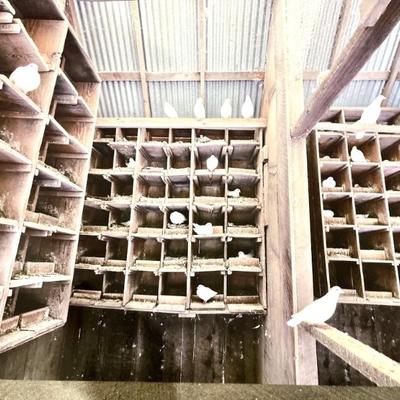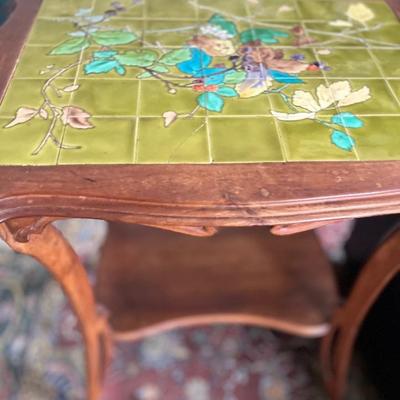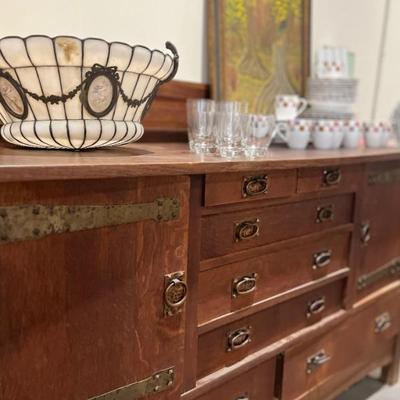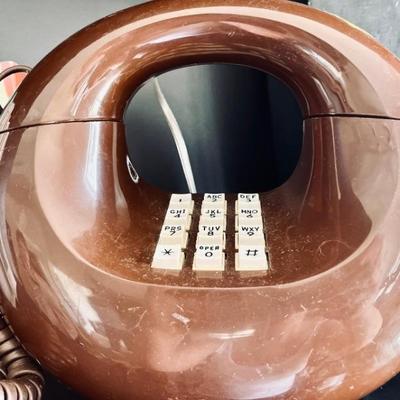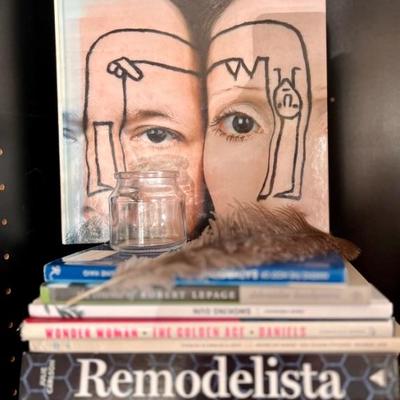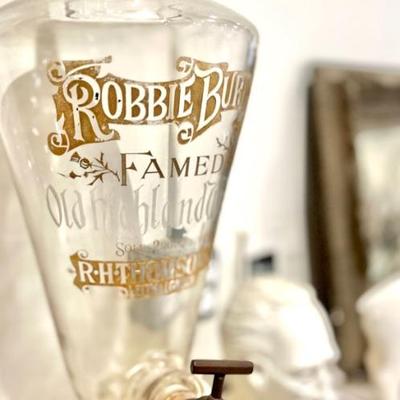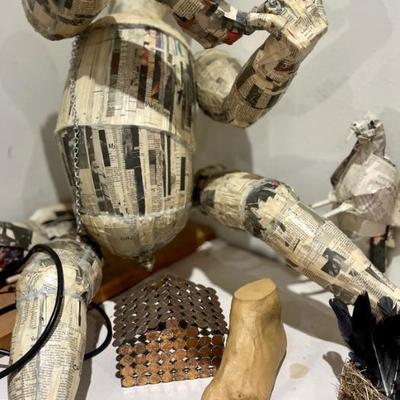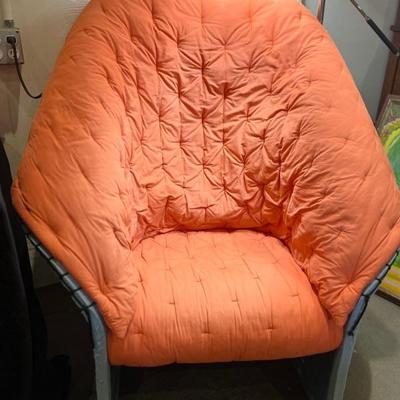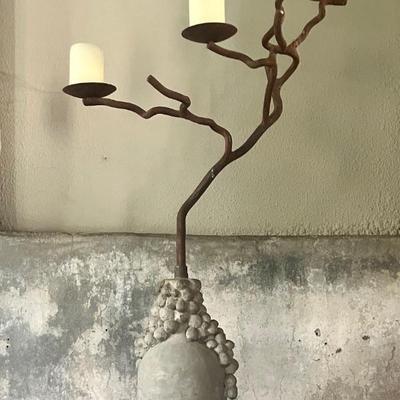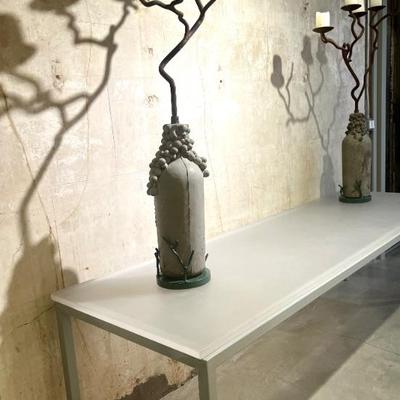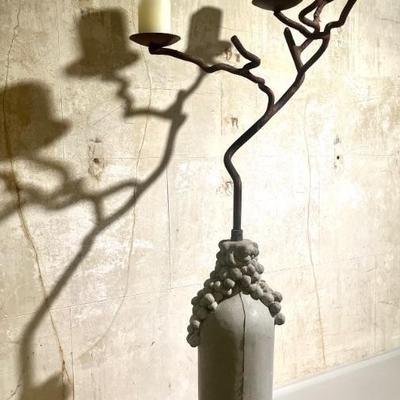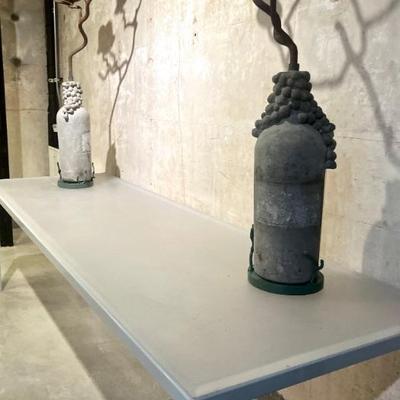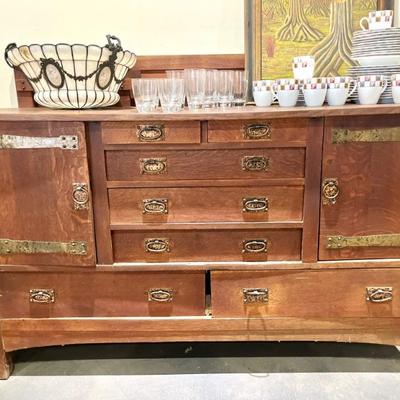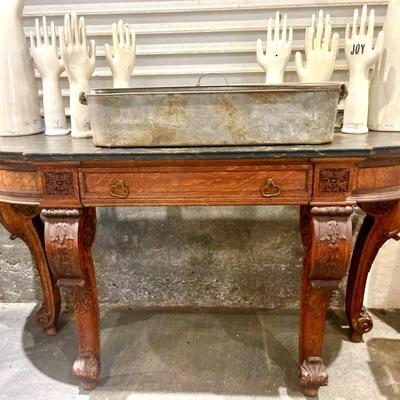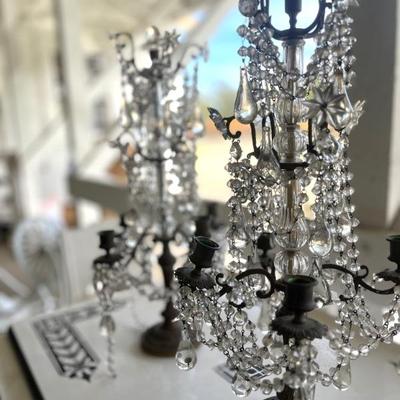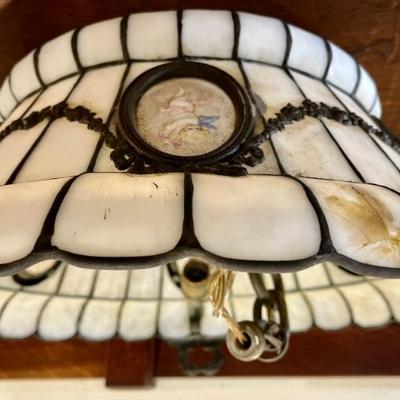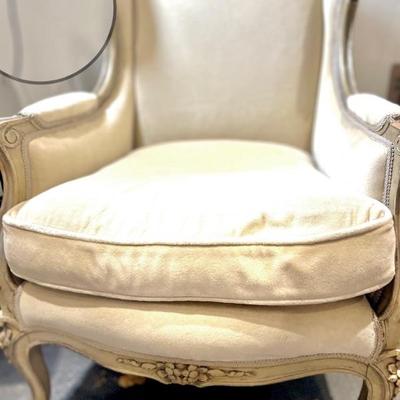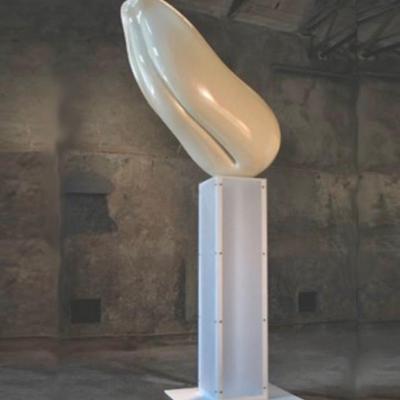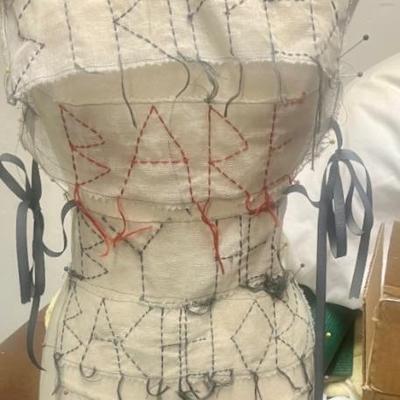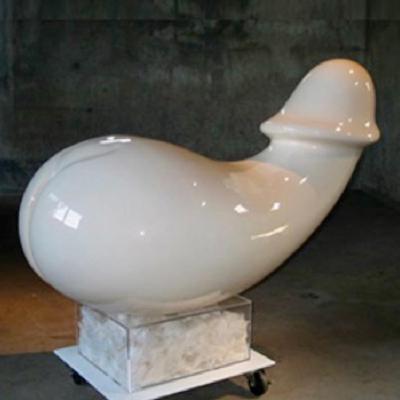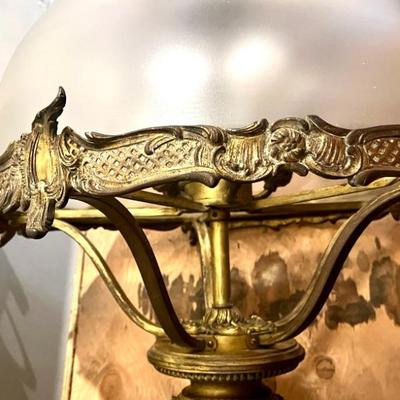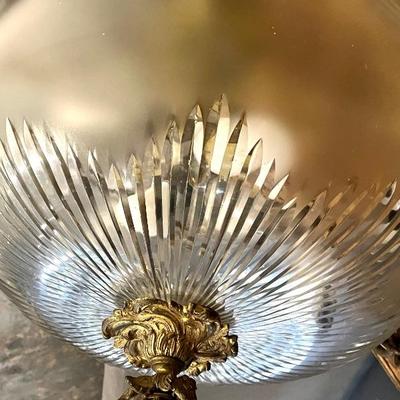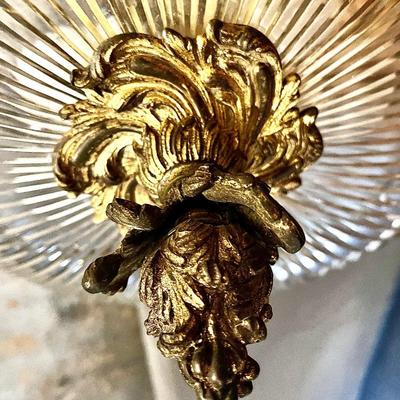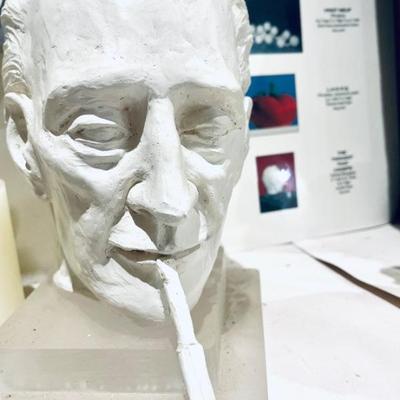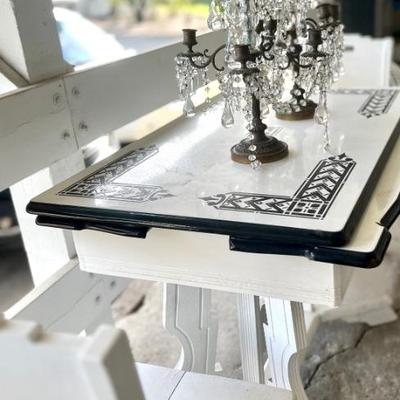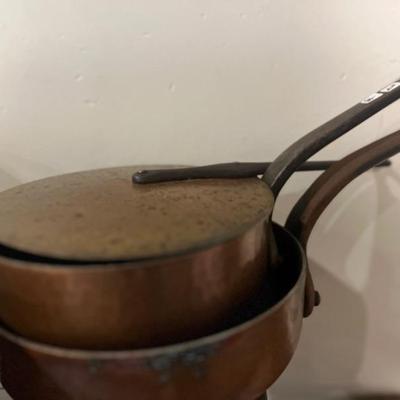-

Pat Lenz 401 / 457 -
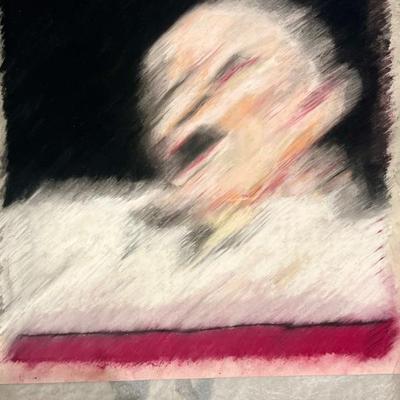
Pat Lenz 402 / 457 -

Pat Lenz 403 / 457 -

Pat Lenz 404 / 457 -
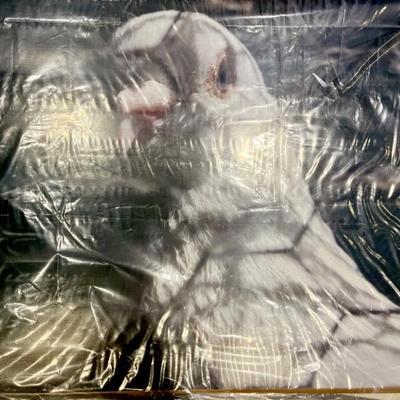
Pat Lenz 405 / 457 -
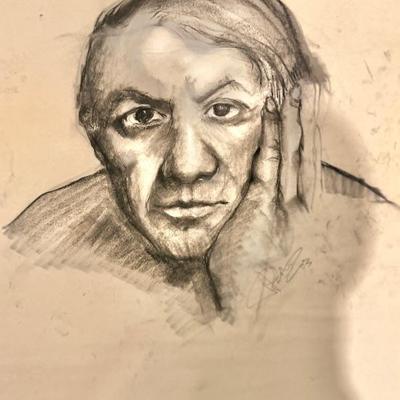
Pat Lenz 406 / 457 -

Pat Lenz 407 / 457 -
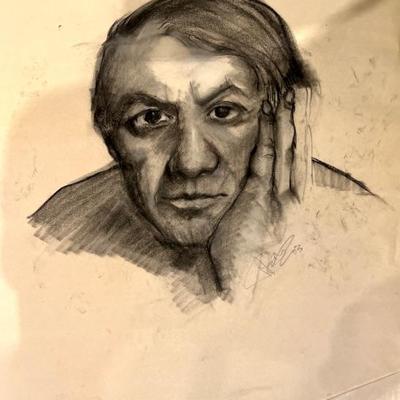
Pat Lenz 408 / 457 -
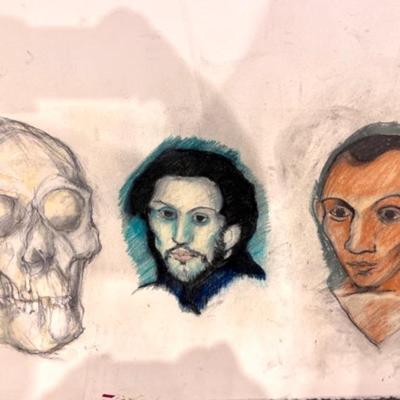
Pat Lenz 410 / 457 -
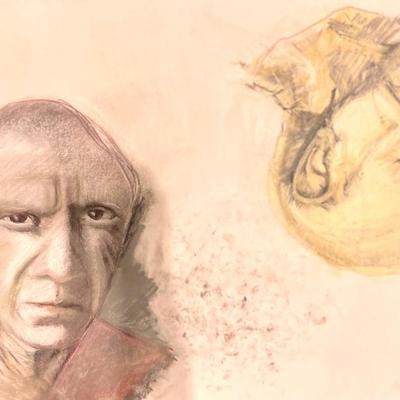
Pat Lenz 411 / 457 -
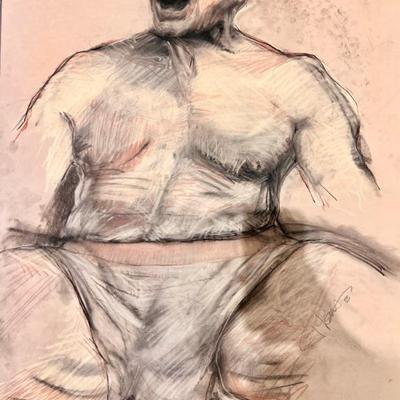
Pat Lenz 412 / 457 -
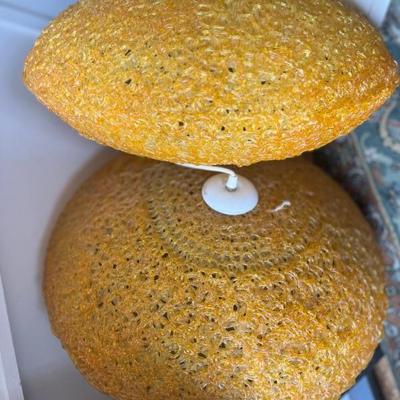
Pair of vintage spaghetti chandeliers 419 / 457 -
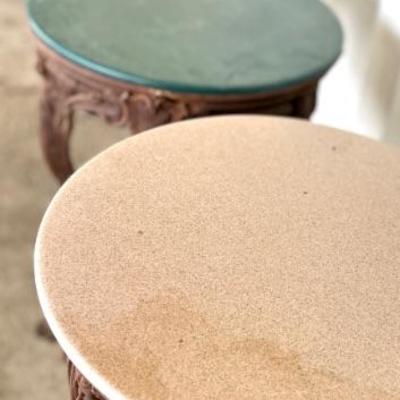
4 Antique English pub tables 429 / 457 -
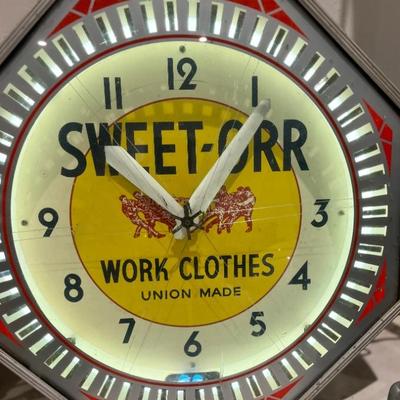
Pending 430 / 457 sold -
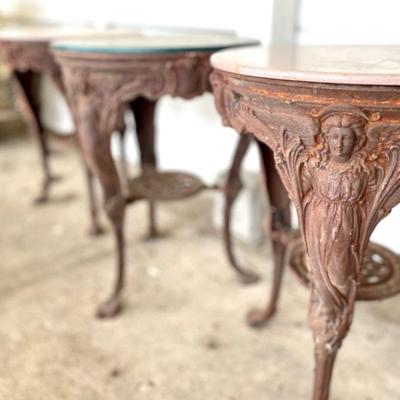
4 French bistro tables 431 / 457 -

Pat Lenz 446 / 457 -

Antique Art Deco Chandelier 448 / 457 -
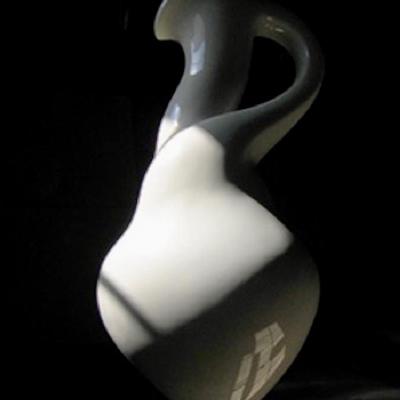
HEART / BROKEN 2008 6.6ft high X 2ft long X 2ft wide fiberglass, automotive paint, steel, SYNDROME (STRESS CARDIOMYOPATHY) PAVIS'MMM SOOINI First described by the Japanese 15 years ago, this disease occurs when an emotional trauma causes the brain to release high doses of stress hormones. This hormonal blast paralyzes the muscle cells of the heart preventing them from working to pump the blood. Typically only one section of the heart is spared this devastating paralysis - the part closest to the aorta so that with each heart beat only the upper portion contracts and the heart looks like a narrow-necked vase. The Japanese called it takotsubo after a type of trap that is used to capture octopus and has the same vase-like shape. There is no cure. The initial burst of hormones subsides and the patient must be kept alive with additional oxygen and blood pressure medication until the heart recovers. For those who survive long enough to reach the hospital, the prognosis is good. Perhaps the metaphors we use to speak of devastating loss grew out of physiological truth. It seems it is possible to die of a broken heart. 455 / 457
Photos 401 - 457 of 457
Per page:
